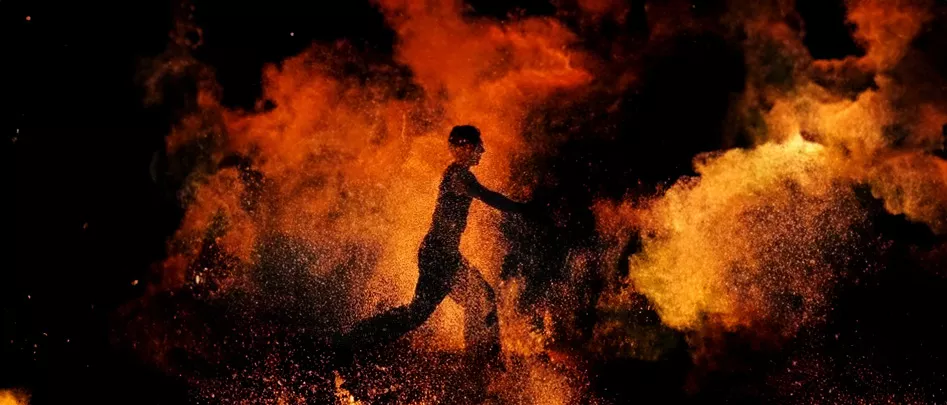
Guide to Sparks with Carbon Cages
The art of staff or spark bolas equipped with charcoal cages is a captivating discipline that amazes spectators with its showers of scintillating sparks. However, this practice requires careful preparation and rigorous attention to safety. In this guide, we offer essential advice for mastering this discipline with complete peace of mind. This guide will be evolving, so if you have any tips for improving and expanding it, please feel free to share your suggestions with us by email or by commenting at the bottom of the page.
Understanding the different types of coal
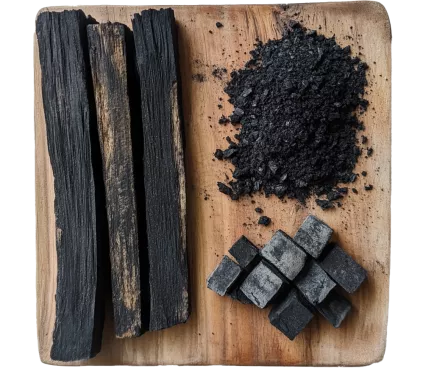
Choosing the right charcoal is crucial to the quality of your performance. Charcoals are commonly used due to their availability and low cost. It's important to experiment with different types to find the one that best suits your needs.
The choice of your charcoal and the size of the charcoal pieces you use will have an impact on the duration of your performance. Depending on your setup and choice of charcoal, the duration of your sparks can vary from 1 or 2 minutes to about fifteen minutes.
- Charcoal : Commonly used for its availability and low cost. It produces abundant but short-lived sparks.
- Hookah Charcoal : Widely used, less preparation and a more even consistency.
Coal Selection:
- Quality : Choose high-quality charcoal to ensure even combustion and reduce smoke production.
- Pre-test : Experiment with different types to determine which one best suits your artistic needs.
Why coal size matters:
The size of the charcoal pieces directly influences combustion and visual effect. To prepare the charcoal, start by spreading it on a flat surface and removing any pieces that still appear to be uncharred wood. Next, wrap the charcoal in a sturdy towel and use a hammer to break it into smaller pieces. Sort the pieces according to size: those less than 1 centimeter are ideal for filling cages, as they provide a better burning surface and produce more sparks. Larger pieces can be reserved for specific mixtures or broken further.
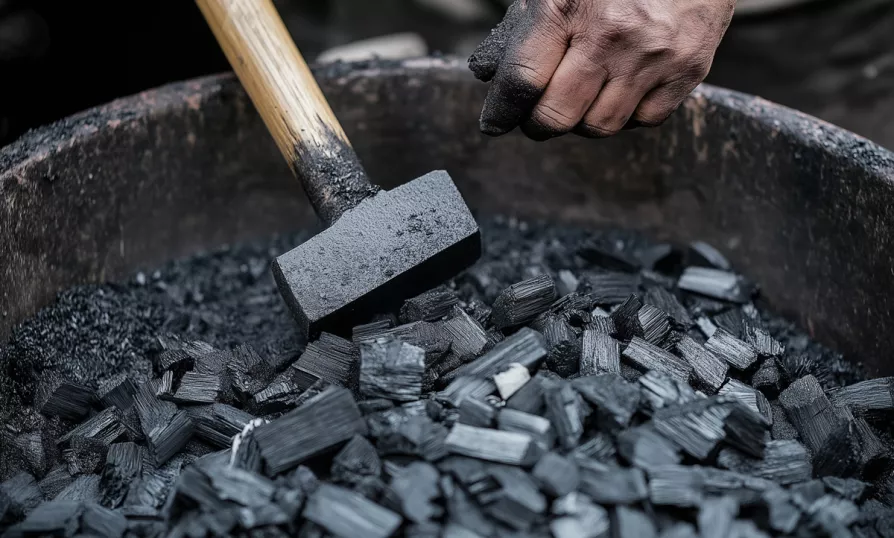
Combustion Surface : Smaller pieces provide a larger surface area for contact with air, promoting more efficient combustion and more intense spark production.
Visual Effect Control : Small pieces generate abundant but short-lived sparks, while larger pieces burn more slowly with fewer but longer sparks.
Experimenting with different sizes and blends of charcoal will allow you to customize the visual effect of your performance. Smaller pieces generate abundant but short-lived sparks, while larger pieces burn more slowly and produce fewer but longer-lasting sparks.
Preparation of the coal cages
Once the charcoal is prepared, fill the cages to approximately 60 to 70% of their capacity. This optimal filling ensures good air circulation for efficient combustion and prevents the staff from becoming too heavy, which could affect its maneuverability. Ensure the weight is evenly distributed on each side to maintain good balance. Also check that the cages are tightly closed to prevent lumps of charcoal from escaping when turning.
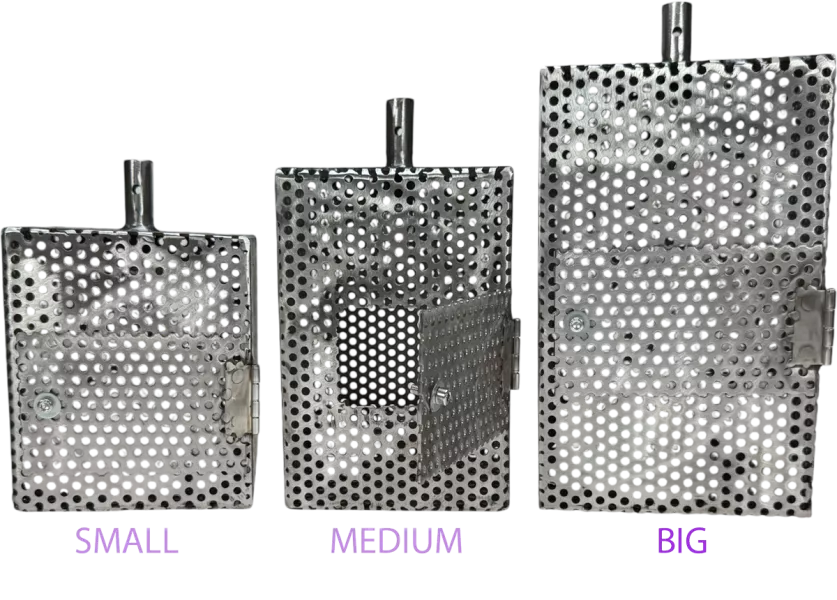
- Gradual Heating : Use a sustained flame, such as a blowtorch, to heat the coals for 15 to 30 minutes before performance. This method ensures an even burn and prolongs the sparks.
- Using Lighter Fluid : If you choose to use lighter fluid, apply it sparingly to avoid excessive flare-ups. Light the coals from a safe distance.
- Lighting Safety : Have a fire extinguisher, a bucket of sand, or water nearby. Light the coals in an open area, away from flammable materials.
Essential protective equipment for fire juggling
Personal safety is paramount when using spark staffs or bolas equipped with charcoal cages. At NetJuggler, we sell Kevlar/Nomex protective equipment to protect you. Without investing in specialized equipment, here are some tips:
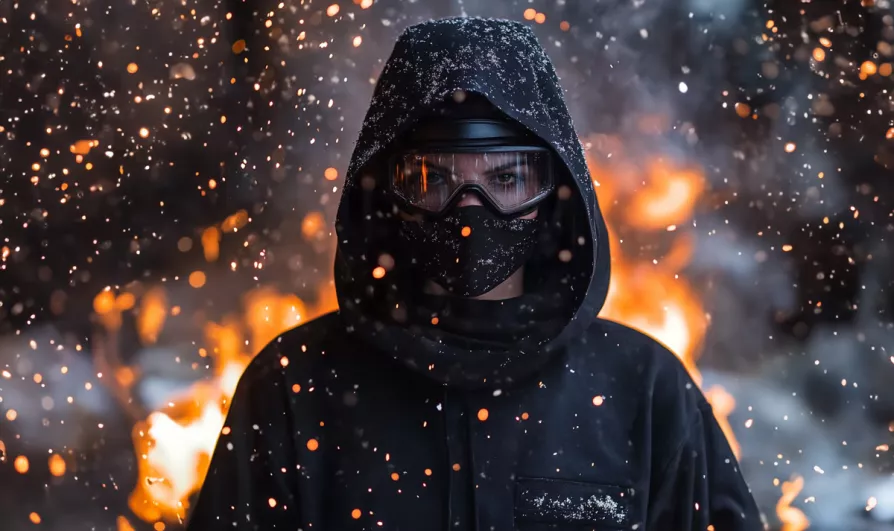
- Natural Fiber Clothing : Wear cotton or leather clothing, which is less flammable than synthetic materials. Clothing should fit snugly to prevent snagging.
- Hand and Face Protection : Use flame-resistant gloves and safety glasses to protect your hands and eyes from sparks.
- Hair Protection : Cover your hair with a cotton cap or scarf to avoid any risk of inflammation.
- Coals love to enter your clothing through the neck. Protect this area well. If you're wearing a garment with a hood, I recommend snaps that allow you to quickly open the garment if coals manage to get in .
Performance Environment Security
Choosing the right location for your fire performance is essential. Coals stay on the ground and warm around the area where you'll be performing. Water the area before practicing in case of dryness, but especially water it after practicing to prevent people who will be moving around in the area from getting burned.
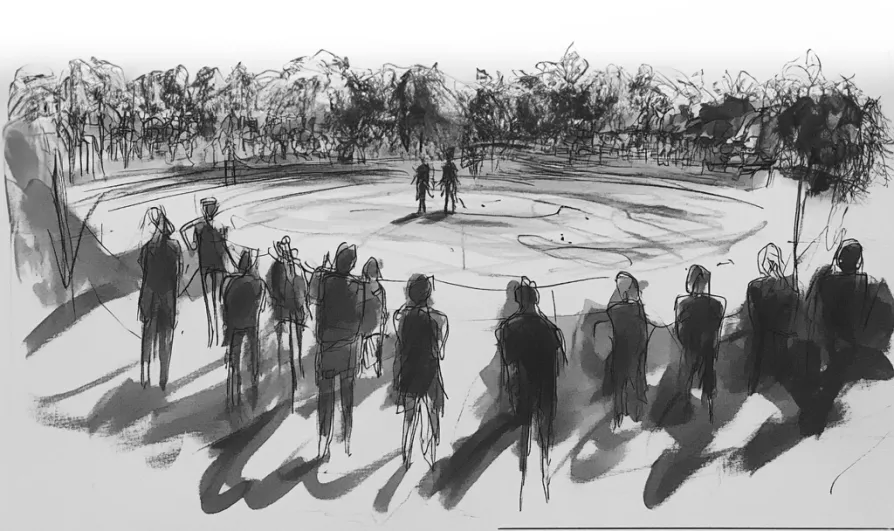
- Outdoor Space : Choose an open space, away from flammable objects, dry vegetation and buildings.
- Non-Combustible Floor : A moist or non-flammable floor reduces the risk of fire.
- Safe Distance from the Public : Maintain a distance of at least 5 to 10 meters from the public. Use barriers or floor markings to demarcate the area.
- Presence of a Spotter : Have a dedicated security assistant, equipped with a fire blanket, to intervene if necessary.
Manipulation techniques to maximize sparking effects
The way you handle the spark staff or cage bolas greatly influences the visual effect. By being gentle in your movements, you will protect your equipment, your health, and the safety of your audience. Obviously, if you're aggressive, you're exposing yourself to the opposite of what I just said!
- Smooth and Controlled Movements : Favor constant rotations for uniform projection of sparks.
- Avoid Sudden Movements : Quick movements can scatter coals or direct sparks unpredictably.
- Initial Flame Phase : Initially, the coals may produce large flames. Avoid movements near the face during this phase.
- Spark Phase : Once the flames have died down, it's the perfect time to perform impressive tricks safely.
Emergency Management and First Aid
- First Aid Kit : Always have a kit with sterile bandages, cold compresses and burn gel on hand.
- First Aid Training : Take specific training to learn how to respond in the event of a burn or fire-related incident.
- Accident Procedure : Stop the performance immediately, extinguish the fire, and assess the situation. Contact emergency services if necessary.
Regulations and legal aspects of fire juggling
This point does not only concern coal crates but the use of fire equipment in general.
- Municipal Permit : Some municipalities require permits for fire shows.
- Insurance : Take out professional liability insurance to protect yourself in the event of damage caused to third parties.
- National Regulations : Learn about laws regarding pyrotechnic performance and fire handling.
- Fire Risk Areas : There are many areas today where the practice is prohibited due to the risk of fires at certain times of the year. Check with your local town hall for details.
Coals are not so easy to use
Most fire juggling practices are accessible and simple, provided you have the proper juggling technique. However, using charcoal requires expertise in the dosage, duration, and preheating of your charcoal, as well as the choice of charcoal, etc. This is an advanced practice reserved for professionals. Do not take lightly the dangers associated with these practices.
A little tutorial to finish
I recommend the following video, which is part of a series of 3 tutorials. I find the sequences showing the preparation of the coals interesting, as well as the clear distinction between the 3 phases in practice: lighting, sparks, and the final phase where the bolas are like luminous balls. The video is in English!
Comments
Quartz diabolo kit + Accessories
Triple bearing diabolo, Superglass sticks, 10m Henrys string and bag!
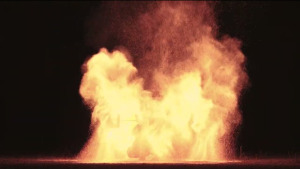

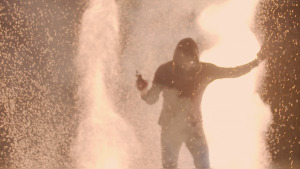


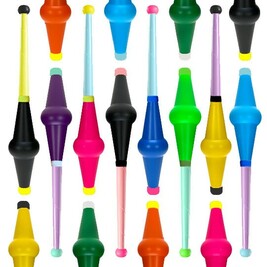
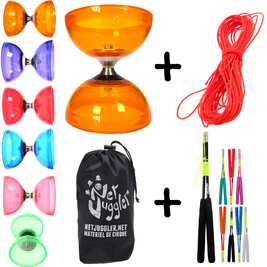
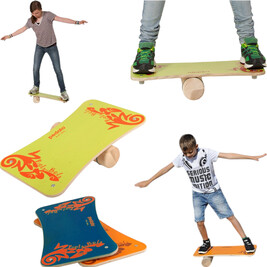
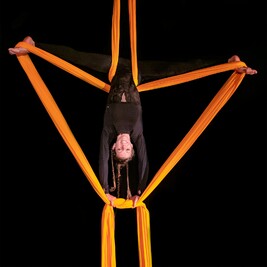

Thank you for this article. I have been using cages for a few years, but your article answered the questions I have.
So thank you